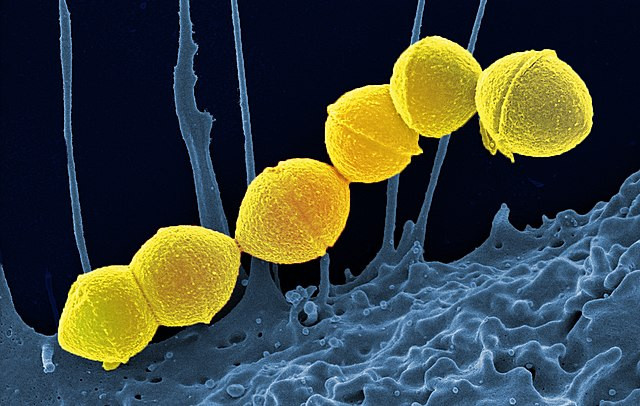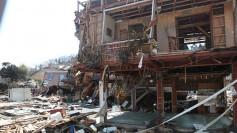Japan is grappling with a surge in cases of streptococcal toxic shock syndrome (STSS), a rare but deadly bacterial infection, raising alarm among health officials and the public. As of early June, the country has recorded 977 cases, surpassing last year's record of 941, according to the Japanese Health Ministry. This spike has already resulted in 77 deaths from January to March, indicating the severity of the outbreak.
STSS, primarily caused by the group A streptococcus (GAS) bacteria, can rapidly escalate from symptoms like fever, muscle pain, and vomiting to life-threatening conditions such as low blood pressure, swelling, and multiple organ failure. The mortality rate can reach up to 30%, making it a significant public health concern.
"Even with treatment, STSS can be deadly. Out of 10 people with STSS, as many as three people will die from the infection," the US Centers for Disease Control and Prevention (CDC) states.
The ongoing outbreak in Japan is particularly concerning given its rapid rise and high fatality rate. Japan's National Institute of Infectious Diseases (NIID) has noted that the number of cases and deaths has been climbing steadily since the pandemic began to wane, with the country now facing its highest recorded incidence of STSS since statistics were first kept in 1999.
Experts remain puzzled about the exact causes behind this unprecedented increase. Some, like Professor Ken Kikuchi of Tokyo Women's Medical University, suggest that the widespread COVID-19 restrictions may have played a role. "We can boost immunity if we are constantly exposed to bacteria. But that mechanism was absent during the coronavirus pandemic," Kikuchi explained to NHK, Japan's public broadcaster. "So, more people are now susceptible to infection, and that may be one reason for the sharp rise in cases."
Indeed, the relaxation of COVID-19 measures such as masking and social distancing, which had previously helped curb the spread of various infections, appears to have created a fertile ground for bacterial diseases like STSS to proliferate. In late 2022, several European countries also reported a rise in invasive group A streptococcus (iGAS) infections, particularly affecting children under 10.
The current situation in Japan mirrors global trends where post-pandemic immunity gaps may be contributing to the resurgence of certain infections. The CDC has warned that older individuals with open wounds or those who have recently undergone surgery are at heightened risk of contracting STSS. However, in nearly half of the cases, the mode of bacterial entry into the body remains unknown, complicating efforts to control the spread.
Hong Kong has responded to Japan's outbreak by issuing advisories to travelers, emphasizing the importance of maintaining high personal hygiene and being vigilant about any fresh wounds. The South China Morning Post reports that travelers are being urged to clean and cover any injuries and to monitor for symptoms like sudden fever or severe pain.
In addition to the direct health implications, the spike in STSS cases is adding pressure on Japanese authorities to bolster their public health responses. The country's National Institute of Infectious Diseases has released a risk assessment indicating a significant rise in STSS cases caused by iGAS since July 2023, particularly among those under 50 years of age.
The economic impact of the outbreak is also becoming evident. Asian share markets have shown signs of apprehension, with the Chinese blue-chip CSI 300 Index slipping slightly following the release of the health data. Analysts suggest that the ongoing health crisis could lead to renewed calls for fiscal and monetary support to mitigate both health and economic repercussions.
As Japan continues to navigate this public health challenge, the focus remains on increasing awareness and preparedness. Health experts recommend adhering to basic hygiene practices, such as regular hand washing, and monitoring for early signs of infection. In light of the situation, Japan's government is likely to intensify its efforts to contain the outbreak and prevent further fatalities.






